42 kubernetes well known labels
Pod Topology Spread Constraints | Kubernetes You need a mechanism to ensure that all the nodes in a topology domain (such as a cloud provider region) are labelled consistently. To avoid you needing to manually label nodes, most clusters automatically populate well-known labels such as topology.kubernetes.io/hostname. Check whether your cluster supports this. Labels and Selectors — Kubernetes on AWS 0.1 documentation Labels and Selectors ¶. Labels and Selectors. Labels are key/value pairs that are attached to Kubernetes objects, such as pods (this is usually done indirectly via deployments). Labels are intended to be used to specify identifying attributes of objects that are meaningful and relevant to users. Labels can be used to organize and to select ...
Recommended Labels | Kubernetes Recommended Labels You can visualize and manage Kubernetes objects with more tools than kubectl and the dashboard. A common set of labels allows tools to work interoperably, describing objects in a common manner that all tools can understand.

Kubernetes well known labels
Well-Known Labels, Annotations and Taints | Kubernetes Well-Known Labels, Annotations and Taints | Kubernetes Production-Grade Container Orchestration Kubernetes reserves all labels and annotations in the kubernetes.io and k8s.io namespaces. This document serves both as a reference to the values and as a coordination point for assigning values. The component within the architecture. Labels and Selectors | Kubernetes The label selector is the core grouping primitive in Kubernetes. The API currently supports two types of selectors: equality-based and set-based . A label selector can be made of multiple requirements which are comma-separated. In the case of multiple requirements, all must be satisfied so the comma separator acts as a logical AND ( &&) operator. Labels annotations taints - Unofficial Kubernetes Kubernetes reserves all labels and annotations in the kubernetes.io namespace. This document describes the well-known kubernetes.io labels and annotations. This document serves both as a reference to the values, and as a coordination point for assigning values. Table of contents: Well-Known Labels, Annotations and Taints beta.kubernetes.io/arch
Kubernetes well known labels. How to Label Kubernetes Nodes (and Remove it Later) - Linux Handbook How to remove the node labels. To remove the label from a node, provide the key without any value. root@kmaster-rj:~# kubectl label --overwrite nodes kworker-rj1 workload- node/kworker-rj1 labeled. You can confirm the node label removal: root@kmaster-rj:~# kubectl label --list nodes kworker-rj1 | grep -i workload root@kmaster-rj:~#. Labels - Unofficial Kubernetes - Read the Docs The kubernetes.io/ prefix is reserved for Kubernetes core components. Valid label values must be 63 characters or less and must be empty or begin and end with an alphanumeric character ([a-z0-9A-Z]) with dashes (-), underscores (_), dots (.), and alphanumerics between. Label selectors. Unlike names and UIDs, labels do not provide uniqueness. In ... Kubernetes Annotations and Labels: What's the Difference? Labels allow for efficient queries and watches and are ideal for use in UIs and CLIs. Non-identifying information should be recorded using annotations. The definition of annotations is shorter, but still somewhat mysterious: [Use] Kubernetes annotations to attach arbitrary non-identifying metadata to objects. Clients such as tools and libraries ... What is Kubernetes Labels? | Examples with Methods - EDUCBA So the valid label of the Kubernetes should have the below points in mind see below; 1) name segment should be 63-character long. 2) it cannot be empty 3) prefix is optional. 4) it should follow this regex while creating the label, ' [a-z0-9A-Z]' must be separated with the dot, underscore, and dash.
Kubernetes Labels | Labels And Annotations In Kubernetes - K21Academy Labels in Kubernetes are intended to be used to specify identifying attributes of objects that are meaningful and relevant to users but are not used by the Kubernetes itself. Labels are fundamental qualities of the object that will be used for grouping, viewing, and operating. Each object can have a set of key/value labels defined. Best Practices Guide for Kubernetes Labels and Annotations The main advantage of this metadata is that the Kubernetes machinery automatically fills values of the standard labels and annotations. Thus, it is suggested to use the well-known labels and annotations in your daily operations and client tools, such as Helm, Terraform, or kubectl. Use Labels for Release Management kubernetes/well_known_labels.go at master · kubernetes/kubernetes LabelInstanceType = "beta.kubernetes.io/instance-type" LabelInstanceTypeStable = "node.kubernetes.io/instance-type" LabelOSStable = "kubernetes.io/os" LabelArchStable = "kubernetes.io/arch" // LabelWindowsBuild is used on Windows nodes to specify the Windows build number starting with v1.17.. Recommended Labels - Kubernetes Recommended Labels You can visualize and manage Kubernetes objects with more tools than kubectl and the dashboard. A common set of labels allows tools to work interoperably, describing objects in a common manner that all tools can understand. In addition to supporting tooling, the recommended labels describe applications
api/well_known_labels.go at master · kubernetes/api · GitHub LabelHostname = "kubernetes.io/hostname" LabelTopologyZone = "topology.kubernetes.io/zone" LabelTopologyRegion = "topology.kubernetes.io/region" // These label have been deprecated since 1.17, but will be supported for // the foreseeable future, to accommodate things like long-lived PVs that // use them. Downward API | Kubernetes A better option would be to use the Pod's name as an identifier, and inject the Pod's name into the well-known environment variable. In Kubernetes, there are two ways to expose Pod and container fields to a running container: as environment variables as files in a downwardAPI volume Kubernetes labels cheatsheet - datmt Let's create a few more pods with various labels Shell 1 1 kubectl run my-pod2 --image=nginx --labels="type=webserver,duty=backup,ver=1.0.0" Now, we can use --selector to select pods: Shell 12 1 kubectl get pods --selector="type=webserver" 2 3 4 NAME READY STATUS RESTARTS AGE 5 my-pod1 1/1 Running 0 9m49s 6 my-pod2 1/1 Running 0 33s 7 8 kubernetes - What is topologyKey in pod affinity? - Stack Overflow Others can be found in the Kubernetes Well-Known Labels, Annotations and Taints documentation. topology.kubernetes.io/zone: Pods will be scheduled in the same zone as a Pod that matches the expression. kubernetes.io/hostname: Pods will be scheduled on the same hostname as a Pod that matches the expression.
The Guide to Kubernetes Labels Some of the most popular recommended Kubernetes labels are listed below. 4. Create Organization-Wide Label Naming Conventions It is important to have label conventions that are followed strictly across the organization. All teams that use Kubernetes resources should follow the same clearly defined naming conventions.
Recommended Labels - Kubernetes Recommended Labels. You can visualize and manage Kubernetes objects with more tools than kubectl and the dashboard. A common set of labels allows tools to work interoperably, describing objects in a common manner that all tools can understand. In addition to supporting tooling, the recommended labels describe applications in a way that can be ...
Use labels in an Azure Kubernetes Service (AKS) cluster Specify the --node-labels parameter to set your labels. Labels must be a key/value pair and have a valid syntax. Azure CLI az aks create \ --resource-group myResourceGroup \ --name myAKSCluster \ --node-count 2 \ --nodepool-labels dept=IT costcenter=9000 Verify the labels were set by running kubectl get nodes --show-labels. Bash
Well-Known Labels, Annotations and Taints - Kubernetes Well-Known Labels, Annotations and Taints Kubernetes reserves all labels and annotations in the kubernetes.io namespace. This document serves both as a reference to the values and as a coordination point for assigning values. kubernetes.io/arch kubernetes.io/os beta.kubernetes.io/arch (deprecated) beta.kubernetes.io/os (deprecated)
Learn Kubernetes Labels By Following Examples | Densify The Kubernetes labels are displayed as an additional column in the output: $ kubectl get pods --show-labels NAME READY STATUS RESTARTS AGE LABELS labelex 1/1 Running 0 71s env=develop Next, we can use the label subcommand to add another label to the pod. $ kubectl label pods labelex owner=ijaz pod/labelex labeled
Well-Known Labels, Annotations and Taints | Kubernetes Information v1.25 v1.24 v1.23 v1.22 v1.21 English Chinese 한국어 Korean Home Available Documentation Versions Getting started Learning environment Production environment Container runtimes Installing Kubernetes with deployment tools Bootstrapping clusters with kubeadm Installing kubeadm Troubleshooting kubeadm Creating cluster...
Use availability zones in Azure Kubernetes Service (AKS) - Azure ... As documented in Well-Known Labels, Annotations and Taints, Kubernetes uses the topology.kubernetes.io/zone label to automatically distribute pods in a replication controller or service across the different zones available. In order to test this, you can scale up your cluster from 3 to 5 nodes, to verify correct pod spreading:
Labels · kubernetes/kubernetes · GitHub 201 labels Sort api-review Categorizes an issue or PR as actively needing an API review. 13 open issues and pull requests approved Indicates a PR has been approved by an approver from all required OWNERS files. 75 open issues and pull requests area/admin Indicates an issue on admin area. 2 open issues and pull requests area/admission-control
A Kubernetes Guide for Labels and Selectors | Datree.io By default, every Kubernetes Node comes with the following pre-populated labels: kubernetes.io/arch (e.g. kubernetes.io/arch=arm64) kubernetes.io/os (e.g. kubernetes.io/os=linux) kubernetes.io/hostname (e.g. kubernetes.io/hostname=ip-172-85-189-120.ec2.internal) node.kubernetes.io/instance-type (e.g. node.kubernetes.io/instance-type=m3.large)
Kubernetes labels: 11 things to know - Linux.com Kubernetes labels: 11 things to know By kdrumm - November 24, 2021 583 Using Kubernetes labels effectively requires an understanding of tagging methods, labeling use cases, best practices, and things you definitely want to avoid. Read More at Enable Sysadmin
Labels annotations taints - Unofficial Kubernetes Kubernetes reserves all labels and annotations in the kubernetes.io namespace. This document describes the well-known kubernetes.io labels and annotations. This document serves both as a reference to the values, and as a coordination point for assigning values. Table of contents: Well-Known Labels, Annotations and Taints beta.kubernetes.io/arch
Labels and Selectors | Kubernetes The label selector is the core grouping primitive in Kubernetes. The API currently supports two types of selectors: equality-based and set-based . A label selector can be made of multiple requirements which are comma-separated. In the case of multiple requirements, all must be satisfied so the comma separator acts as a logical AND ( &&) operator.
Well-Known Labels, Annotations and Taints | Kubernetes Well-Known Labels, Annotations and Taints | Kubernetes Production-Grade Container Orchestration Kubernetes reserves all labels and annotations in the kubernetes.io and k8s.io namespaces. This document serves both as a reference to the values and as a coordination point for assigning values. The component within the architecture.

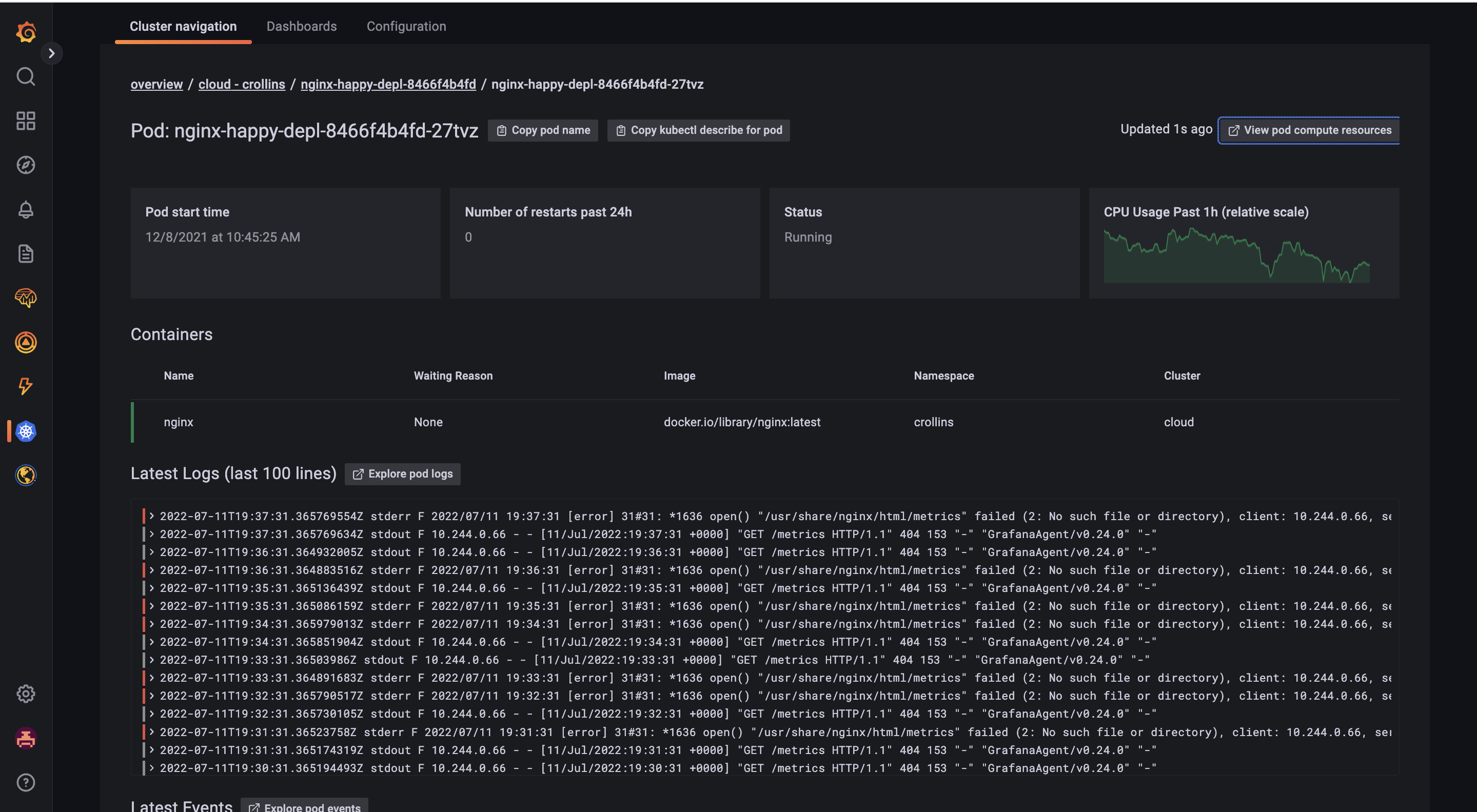



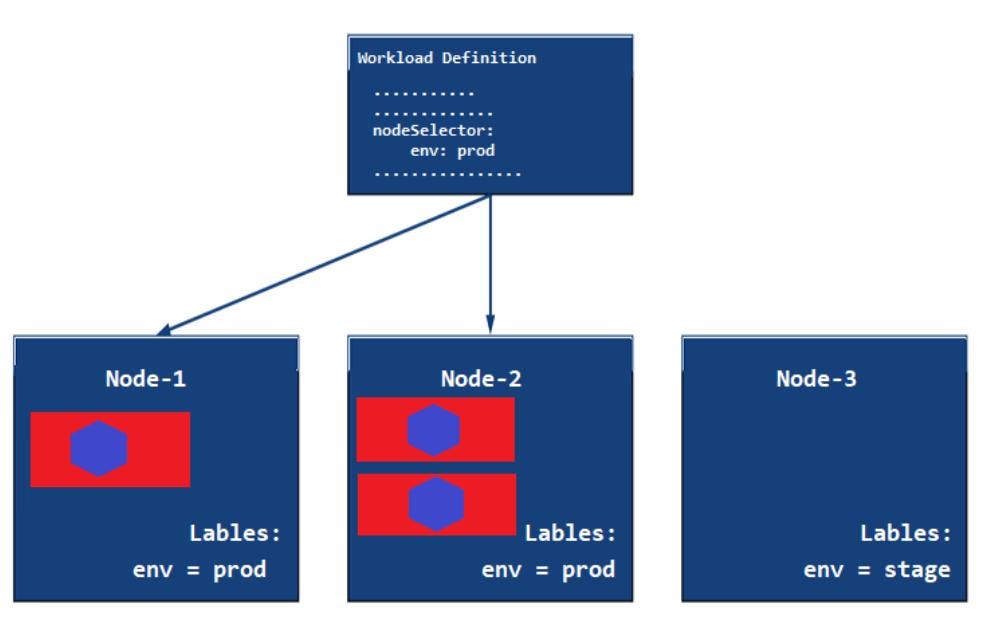

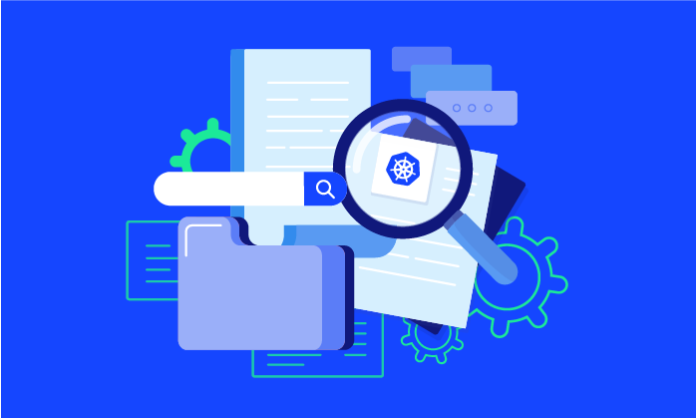

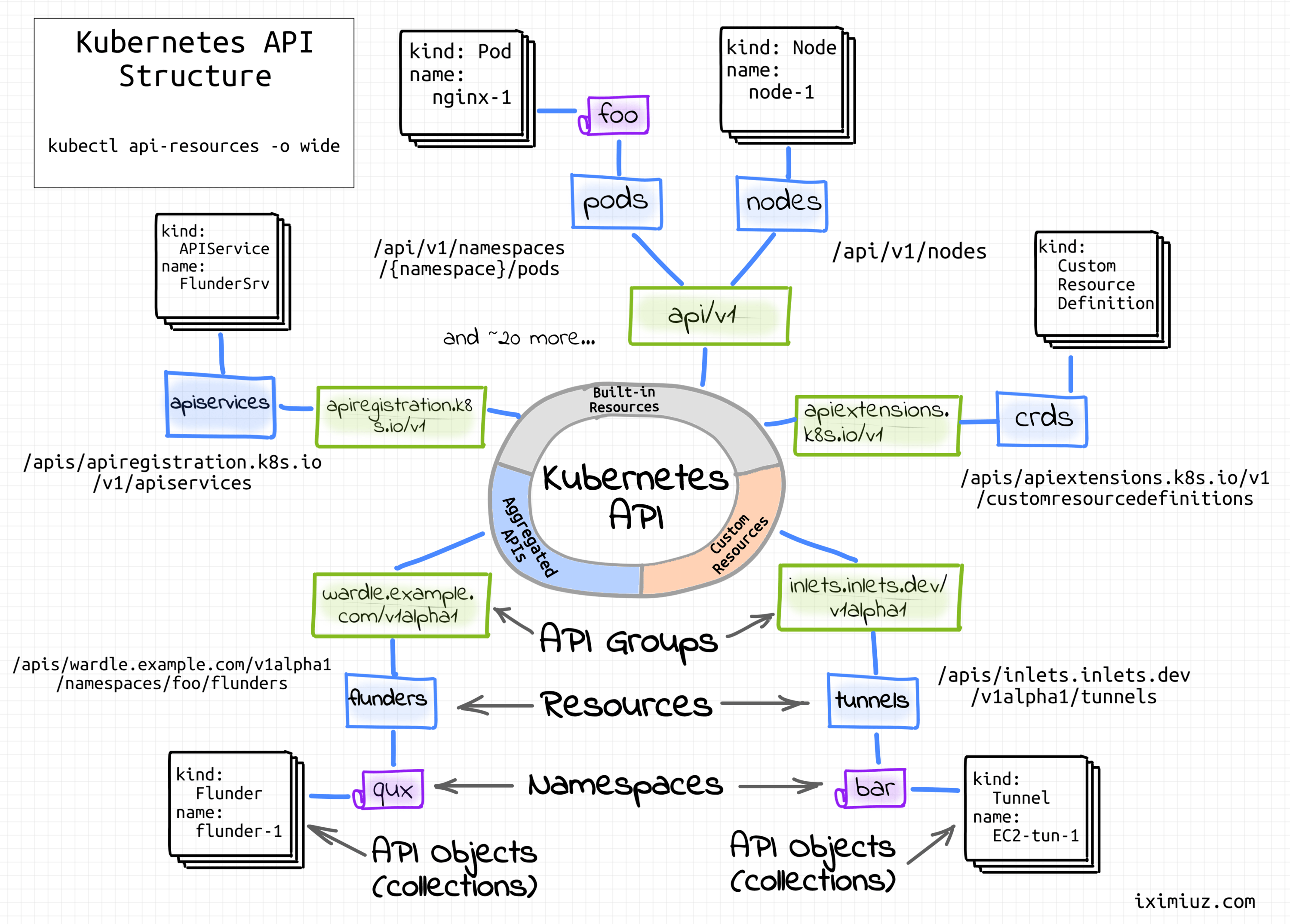
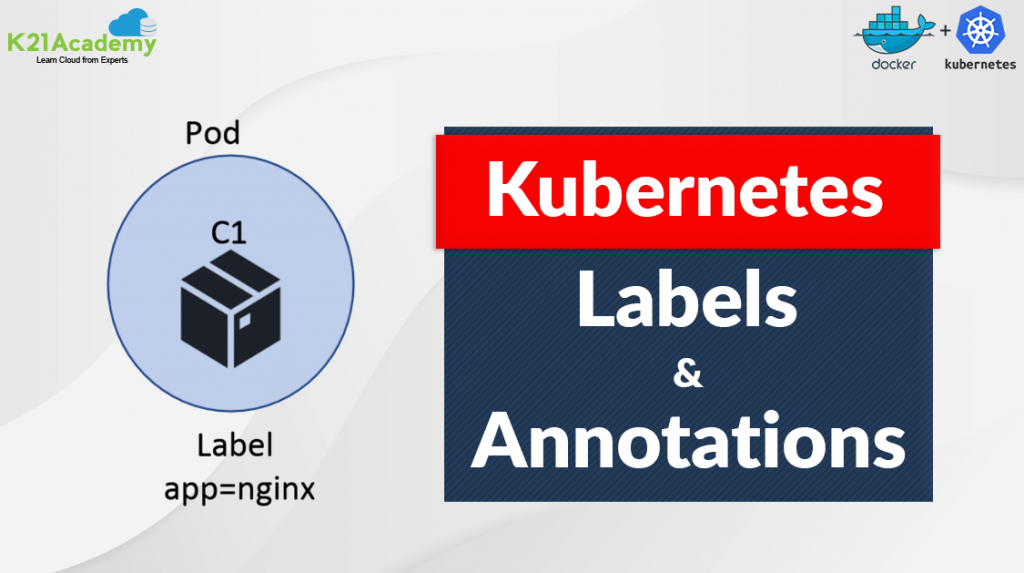



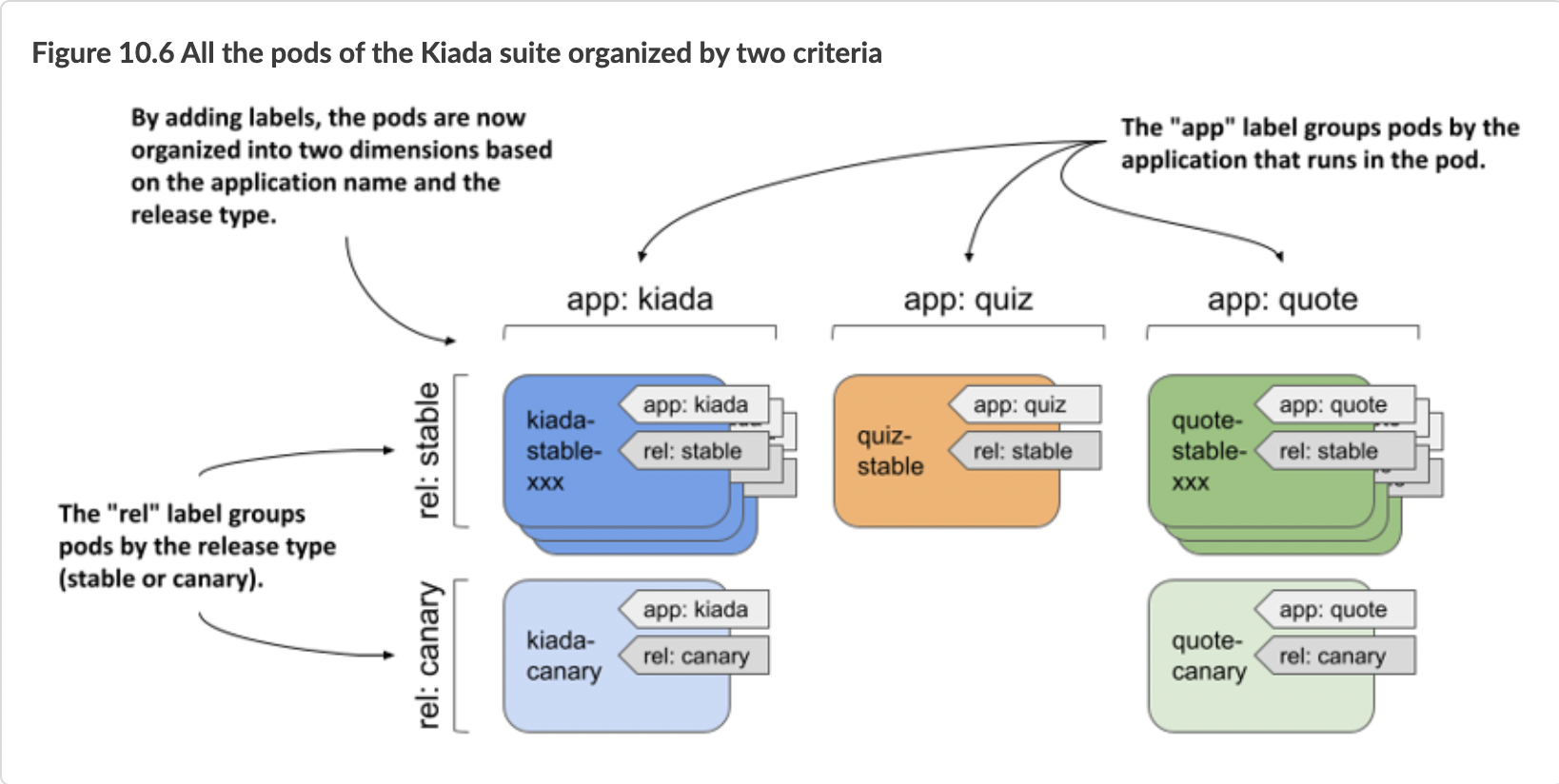




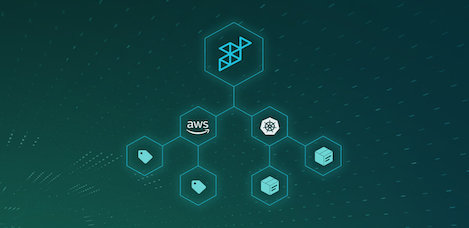

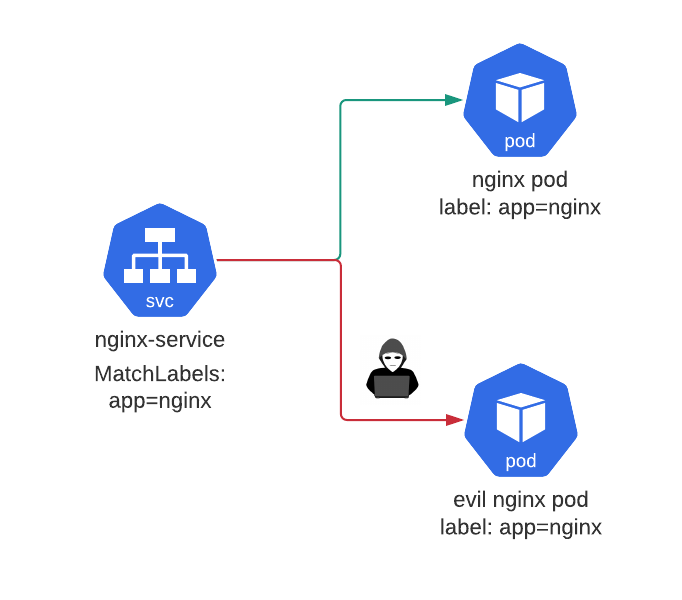





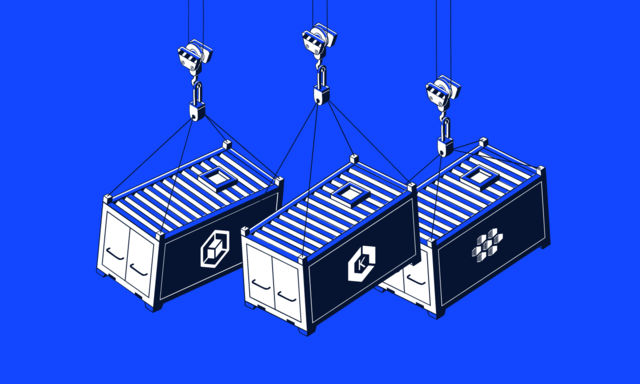

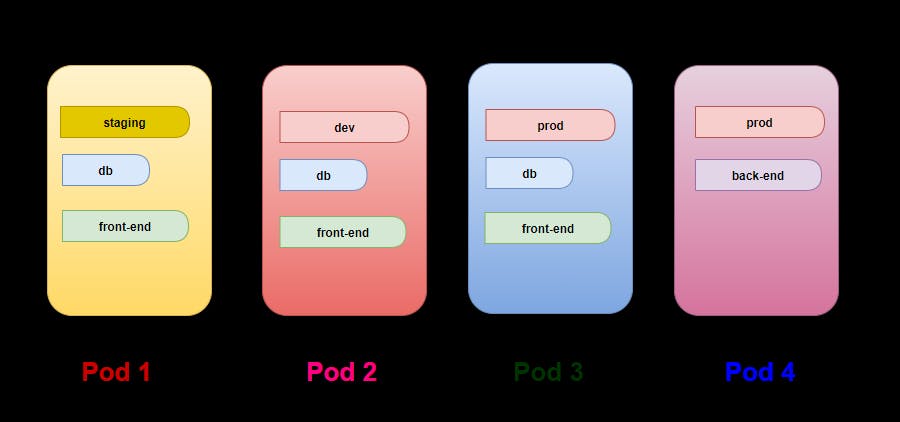

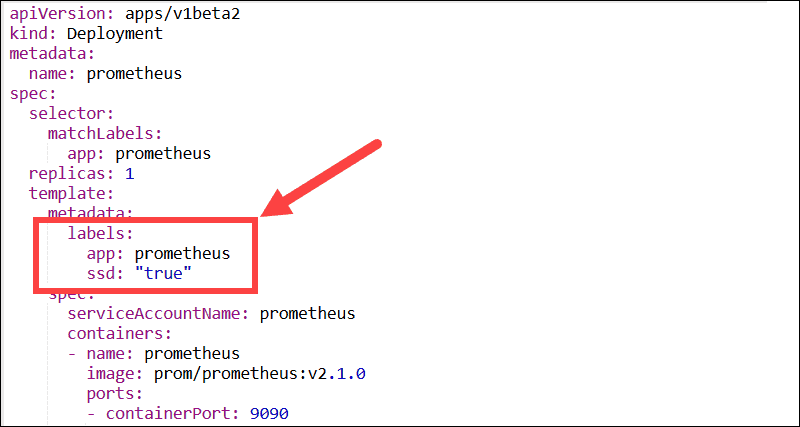

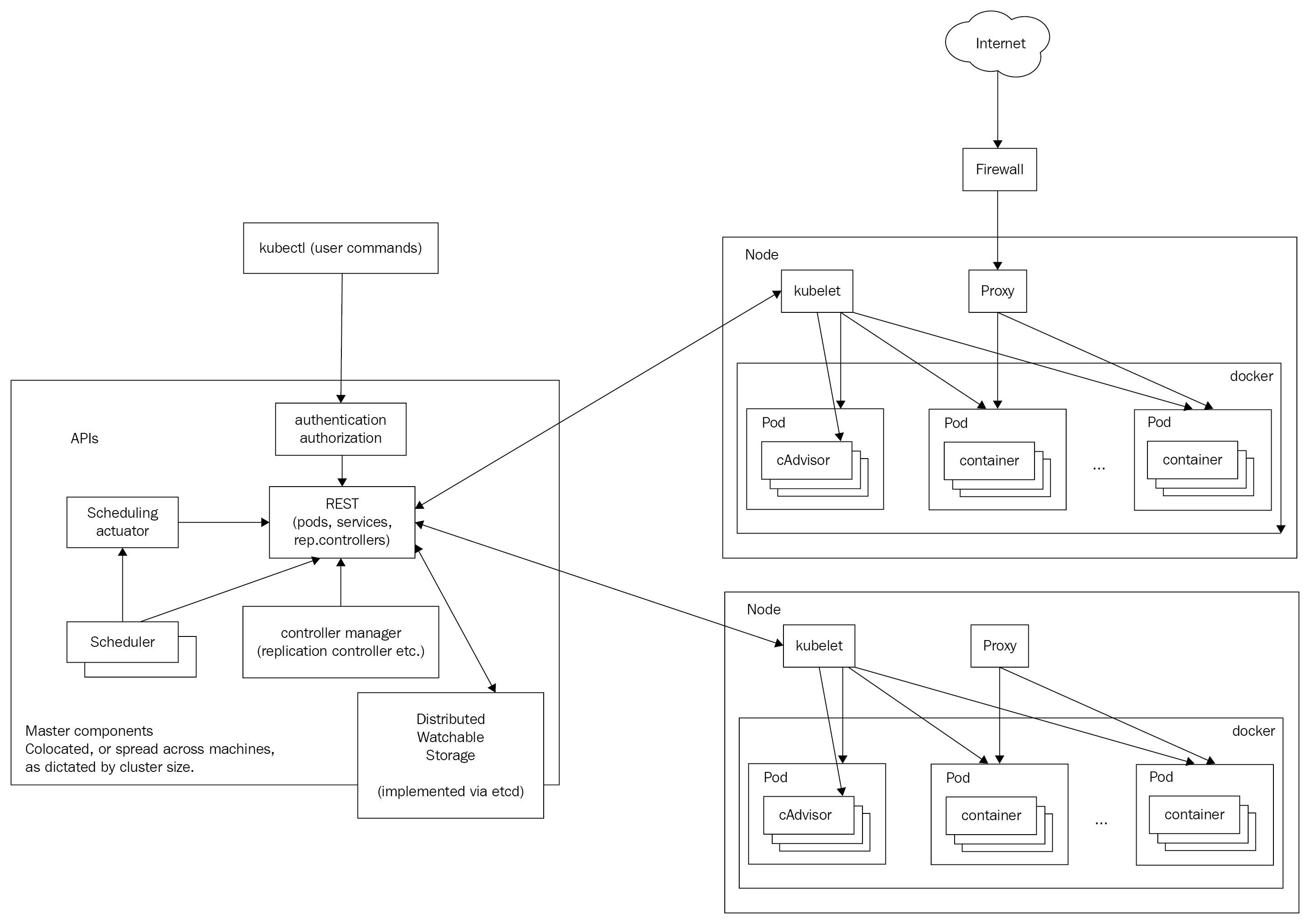
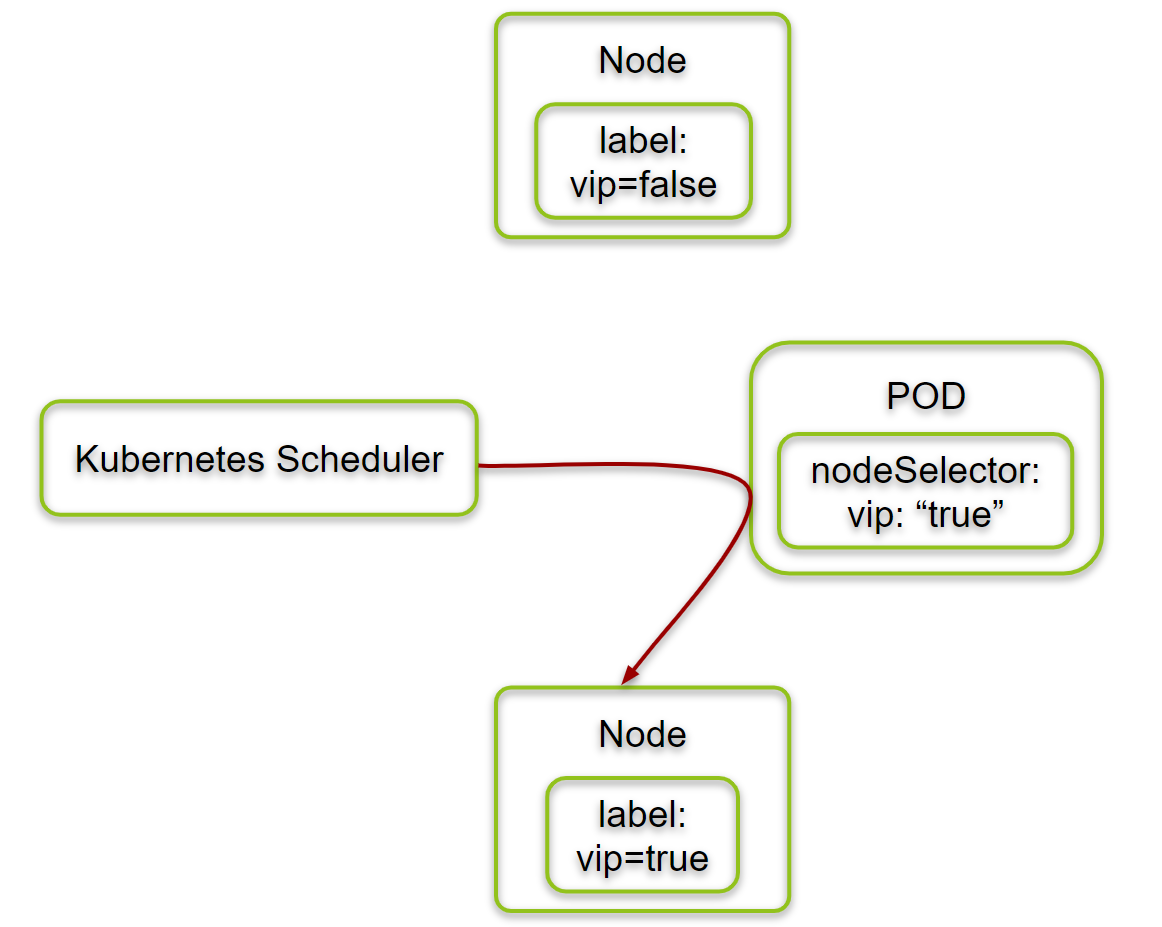
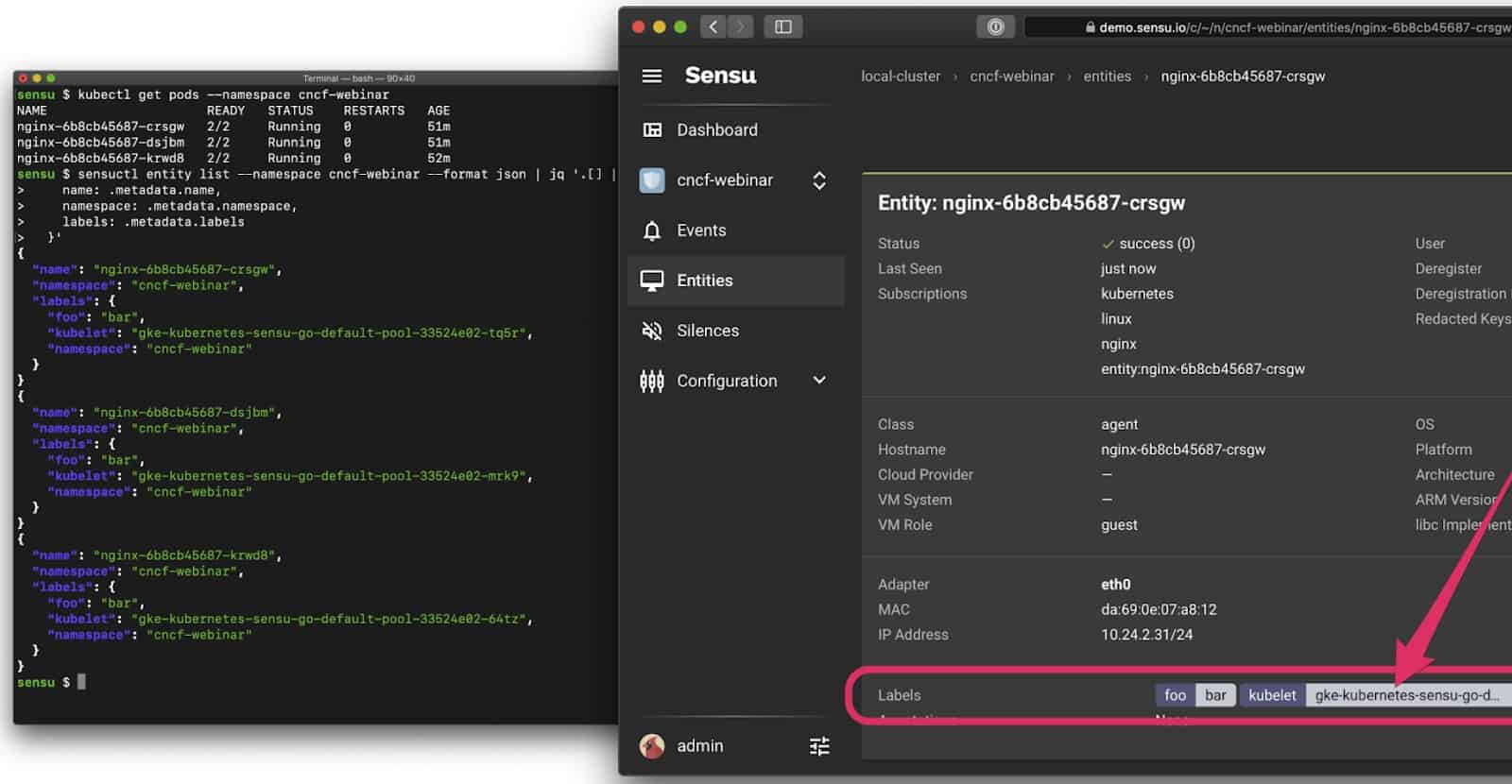


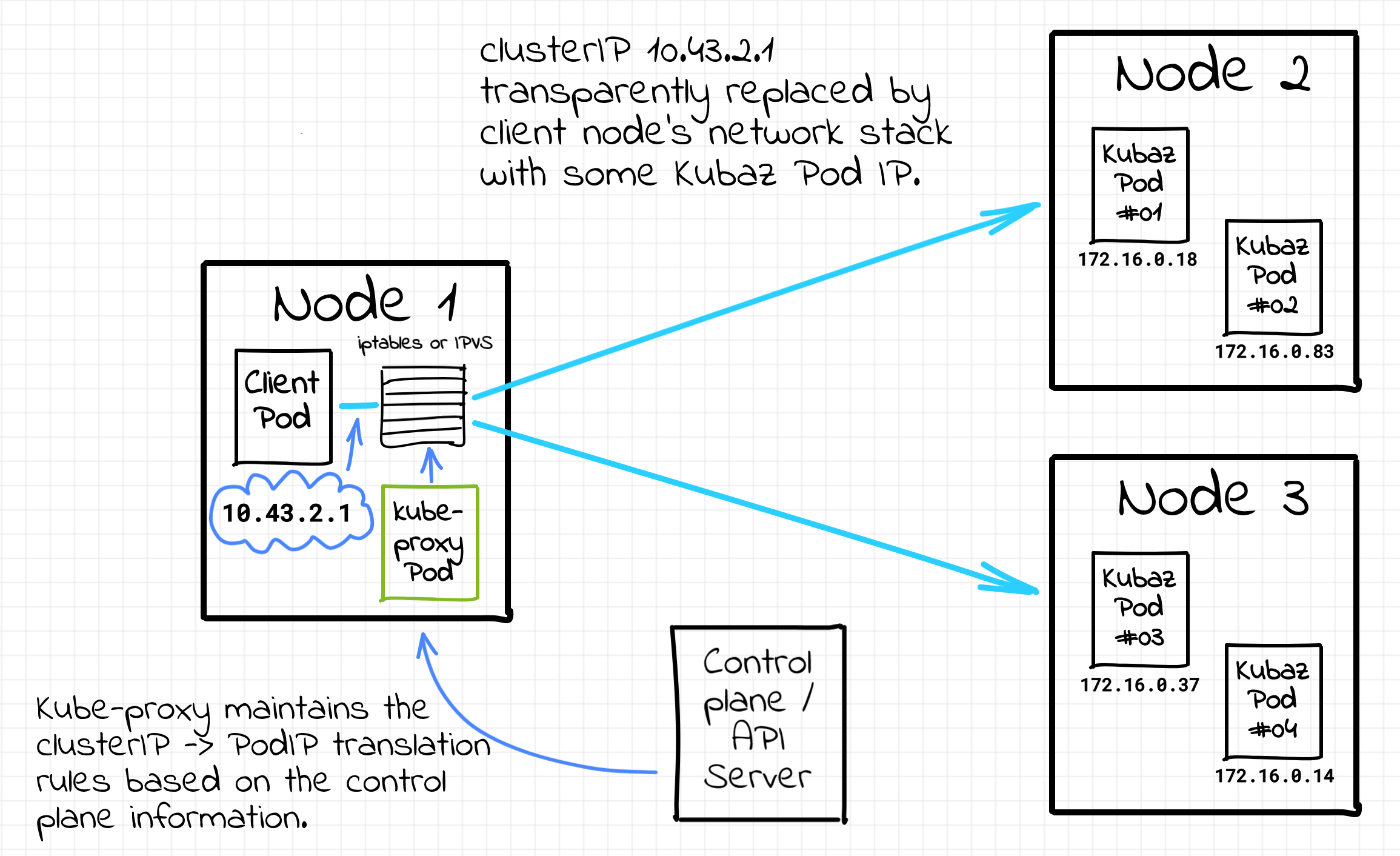
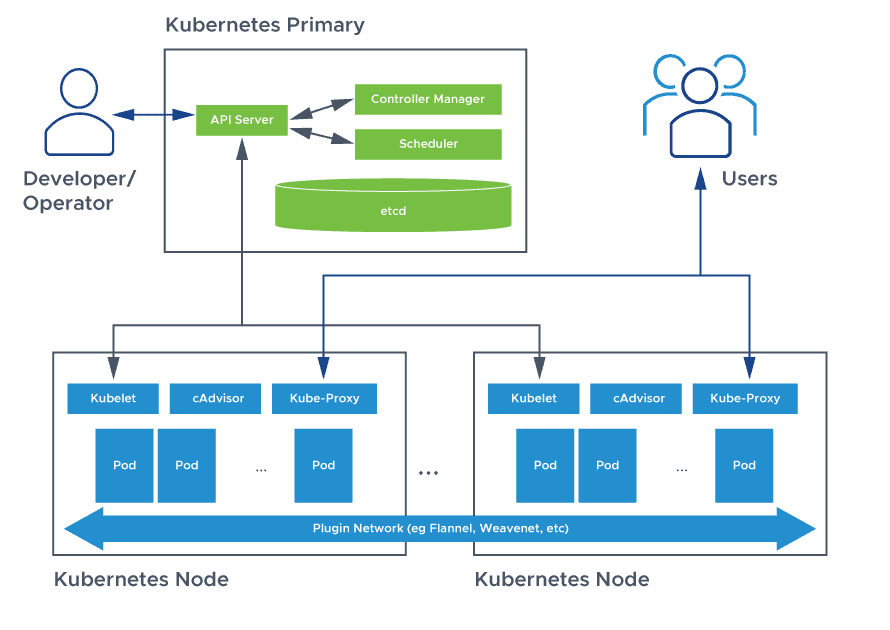
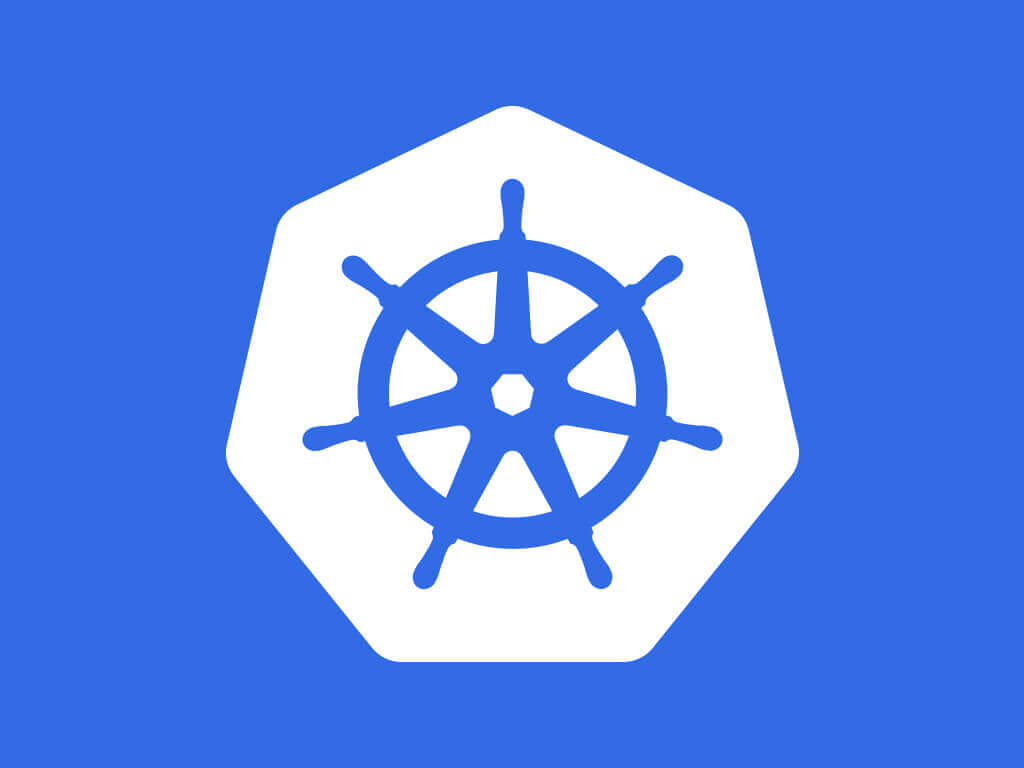
Post a Comment for "42 kubernetes well known labels"